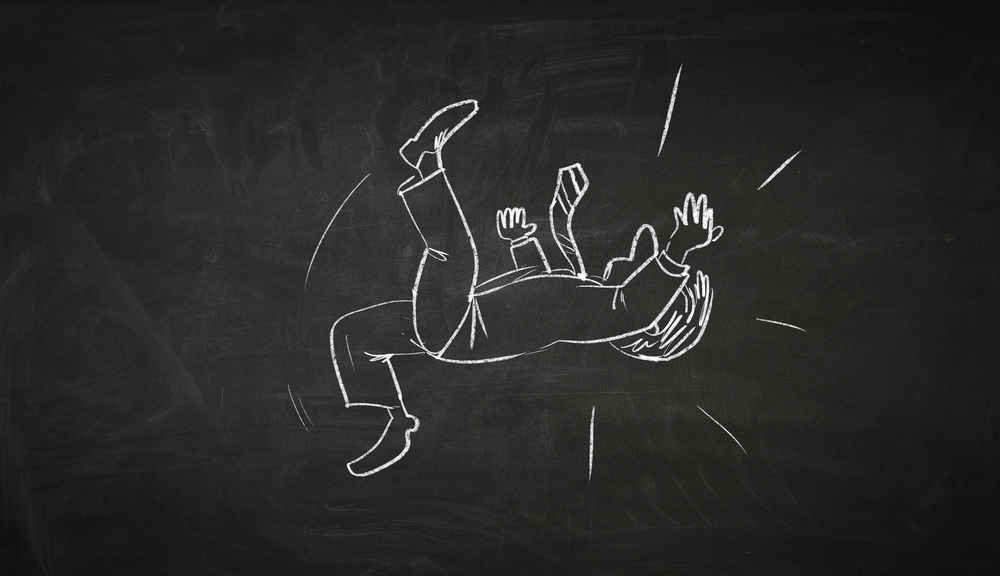Premises Liability Lawyer
Premises liability cases arise when someone is injured on another person’s property due to negligence or dangerous conditions. Determining liability in these cases involves assessing various factors to determine whether the property owner or occupier is responsible for the injuries sustained. Lawyers examine several ways that liability is calculated in a premises liability case.
Duty of Care
In a premises liability case, there needs to be evidence showing that the owner of a property owed a duty of care to visitors or anyone passing by the property. Property owners have a legal obligation to maintain a reasonably safe environment for visitors, and their duty of care depends on the status of the visitor. For example, an invitee, such as a customer in a store, is owed a higher duty of care compared to a trespasser. The extent of the duty of care owed helps determine liability by assessing whether the property owner or occupier fulfilled their responsibility to maintain safe premises.
Foreseeability of Hazards
Many premises liability cases are filed because property owners do not notice hazards on their property and fail to remove them. Property owners or occupiers must take reasonable steps to identify and address potential dangers on their property. If a hazard was foreseeable, such as a slippery floor, broken stairs, or inadequate lighting, and the owner or occupier failed to rectify or warn visitors about the hazard, they may be held liable for resulting injuries. Foreseeability involves considering whether a reasonable person in the property owner’s position would have been aware of the potential danger.
Causation and Proximate Cause
As a premises liability lawyer can tell you, liability must be established by showing a direct cause and effect between the hazard and the injuries sustained by the victim. Causation and proximate cause determine whether the hazardous condition was the primary cause of the injuries. It requires demonstrating that the injuries would not have occurred had it not been for the dangerous condition. Proving causation is crucial in premises liability cases, as it connects the negligence or dangerous condition to the harm suffered by the injured party.
Notice of the Hazard
Once a hazard is determined, the property owner must notify occupants that it exists. Property owners or occupiers must have had actual or constructive notice of the dangerous condition that caused the injury. Actual notice refers to the property owner’s explicit knowledge of the hazard, while constructive notice pertains to situations where the hazardous condition existed for a sufficient period that the owner should have known about it. Establishing notice helps determine whether the property owner or occupier had a reasonable opportunity to address the hazard and whether they can be held liable for not doing so.
Comparative Negligence
The principle of comparative negligence may be reviewed in some premises liability cases. Comparative negligence is a legal principle that assigns a percentage of fault to both the property owner/occupier and the injured party based on their respective levels of responsibility for the accident. If the injured party contributed to their injuries by failing to exercise reasonable care, their compensation may be reduced accordingly.
Legal Help Is Available
Liability in premises liability cases is determined by assessing factors such as the duty of care owed, the foreseeability of hazards, causation, notice of the hazard, and potential comparative negligence. Each case is unique, and the specific circumstances and evidence play a significant role in determining liability. Connect with a reputable lawyer immediately if you need legal assistance with a premises liability claim.

